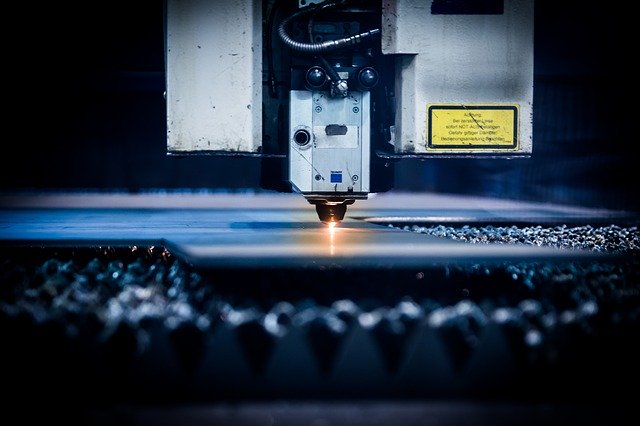
It’s believed the breakthrough could lead to more efficient laser manufacture, as topological lasers could mitigate against minor defects in the build process. Current laser manufacture requires extreme levels of precision and has a high proportion of rejected devices. But topological states allow particles to flow around corners or over imperfections without scattering or leaking. The research - a collaboration between Leeds University and NTU Singapore - was based on that principle.
Superfast laser data transfer harnesses sound and vision
Laser diode breakthrough for deep-ultraviolet light
“Every batch of manufactured laser devices has some fraction that fails to emit laser light due to imperfections introduced during fabrication and packaging,” said Professor Qi Jie Wang, the lead scientist from NTU Singapore’s School of Electrical and Electronic Engineering.
“This was one of our motivations for exploring topological states of light, which are much more robust than ordinary light waves.”
To achieve topological states with a laser, the team developed a new design containing a valley photonic crystal, which was inspired by electronic topological materials known as two-dimensional valleytronic insulators. The design consists of hexagonal holes arranged in a triangular lattice, etched into a semiconductor wafer, making it extremely compact. Within the microstructure, the topological states of light circulate within a triangular loop of 1.2mm circumference, acting as an optical resonator to accumulate the light energy required to form a laser beam.
“The fact that light circulates in this loop, including going around the sharp corners of the triangle, is due to the special features of topological states,” said Associate Professor Yi Dong Chong, a theoretical physicist at NTU Singapore, and a senior author of the paper, which appears in Nature. “Ordinary light waves would be disrupted by the sharp corners, preventing them from circulating smoothly.”
An interesting feature of the new topological laser is that the light it emits is at terahertz frequencies between the microwave and infrared regions of the electromagnetic spectrum. Terahertz light has been identified as having major potential for new applications in sensing, illumination and wireless communications.
“The topological laser is a great example of a fascinating fundamental scientific phenomenon being applied to a practical electronic device, and as our study shows, it has the potential to improve the performance of laser systems,” said Professor Giles Davies, Pro-Dean for Research and Innovation at Leeds’ Faculty of Engineering and Physical Sciences.




Nanogenerator consumes CO2 to generate electricity
Whoopee, they've solved how to keep a light on but not a lot else.